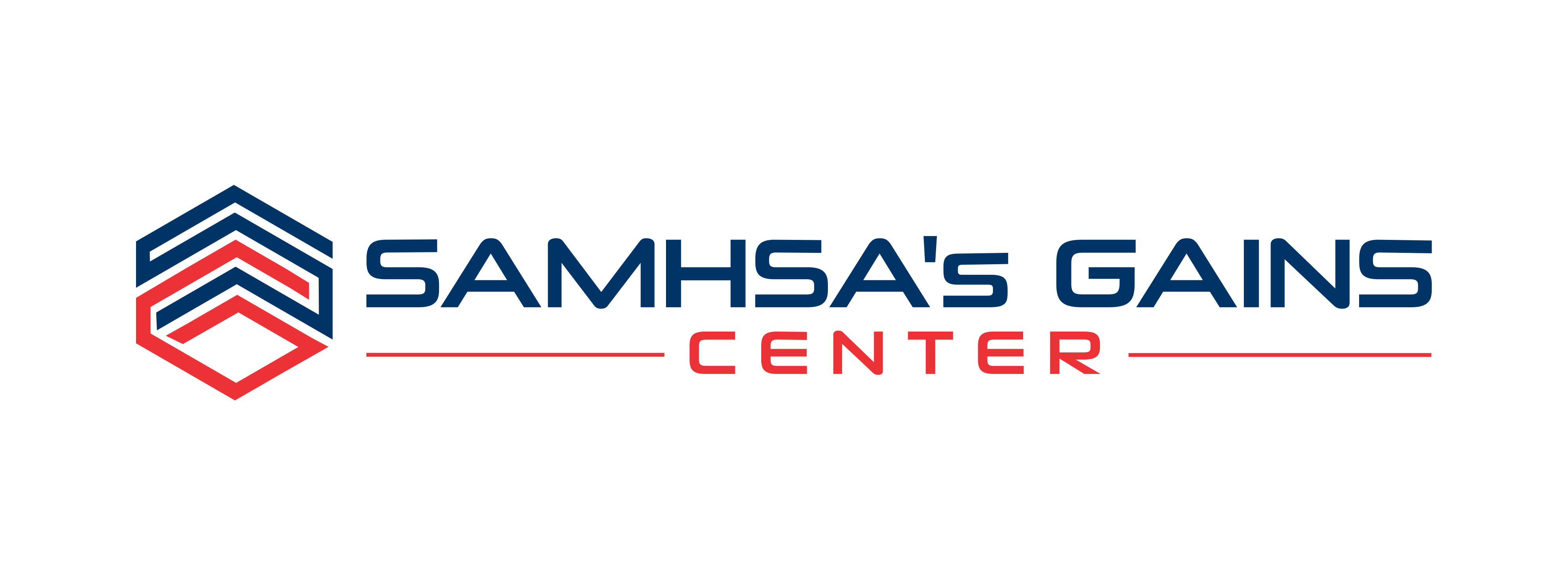- Tell us about your work with Law Enforcement Assisted Diversion (LEAD). What does a typical week look like? Who are the people and organizations you work with regularly?
My work at LEAD consists of overseeing all activities related to the National Support Bureau’s effort to support replication nationally through technical assistance and advice. We do this with a team of 3.5 full-time employees and additional support from contractors on an as-needed and strategic basis.
A typical workweek consists of many phone calls and emails. I regularly work with direct service providers, project managers, government and private funders, law enforcement departments, neighborhood groups, and prosecution offices. These collaborations are all necessary to effectively support the varied and complicated components that are required to successfully replicate LEAD.
- You have done a lot of work in the past with youth and adolescents. How does that work inform what you do now?
The work is only different in that I have taken my direct service work to more of the policy and oversight world. I now utilize my 25 years of work (20 of which were with youth and young people) to help inform how I approach my work. I also look to all those years of experience to help guide this work and utilize that knowledge and wisdom gained to assist my understanding of the needs of local jurisdictions that I’m working to support in their LEAD implementation.
- What separates LEAD from other diversion programs, and how can the successful implementation of LEAD make a positive impact in a community?
What separates LEAD from other diversion programs is the collaboration between community, providers, law enforcement, and the prosecutor’s office. This in addition to the core principle of working with clients from a harm reduction perspective. Meeting people where they are, seeing their complete humanity, believing that they are the best experts for what they want and need in their lives, and building strong relationships that are necessary for when change is ready to happen.
The successful implementation of LEAD impacts communities by increasing positive interactions between police, individuals, and the broader community, as well as encouraging a return to the approach that it takes a village to support each other and even our most vulnerable and hurting community members are deserving of respect, compassion and kindness.
- LEAD maintains multiple partnerships, including those between behavioral health and law enforcement practitioners. What are some effective ways to bring diverse professions together in LEAD?
Some of the most effective ways we have seen for these partnerships to be successful is to be transparent, find the common goals, understand that it is a true partnership, communicate openly and honestly, and understand that the program only moves as fast as the slowest partner; leave no one behind.
- As the National Support Bureau Director of LEAD, you work with jurisdictions at varied stages of the LEAD implementation process. Are there common challenges you have observed across jurisdictions in implementing LEAD successfully?
Although every jurisdiction decides to implement LEAD for very different reasons, there are definitely some commonalities when it comes to some of the challenges, and, subsequently, greatest successes. Those might include getting everyone to the table; making sure there’s ample community engagement and representation; locating funding; identification of the catchment area for diversions; defining what charges are eligible and disqualifying; and the identification and development of memorandums of understanding, policies, procedures, and operational guidelines that all parties can agree on and that can be successfully initiated and run smoothly.



